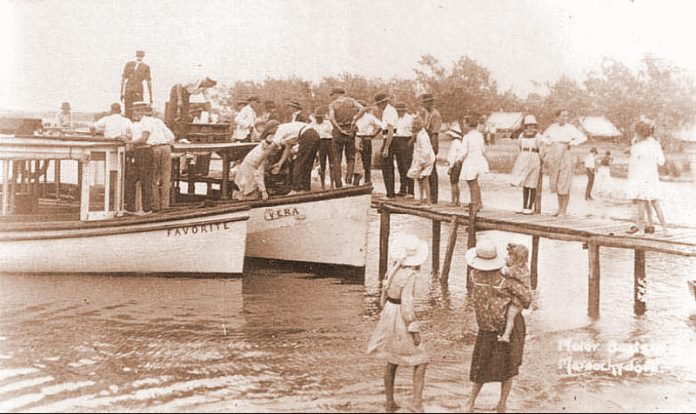Long before it was given the name Sunshine Coast, the region’s natural beauty was a magnet for visitors, even if it meant an arduous journey to get here.
Early writers knew no bounds in their eloquence in sharing their experiences.
In 1897, a newspaper reporter left Brisbane at 8am and spent four hours on the train to Cooroy. He took a coach along the bone-shaking track through the scrub to Tewantin and then a rowboat to Noosa Heads.
He noted two drawbacks to life at Noosa Heads – “the objectionable glare and the extremely vicious sandflies, especially when there is rain around”.
Nevertheless, one Thursday in the 1930s, 650 passengers took the bus down the Cooroy-Tewantin Road, which had been completed in 1922, for the Easter long weekend.
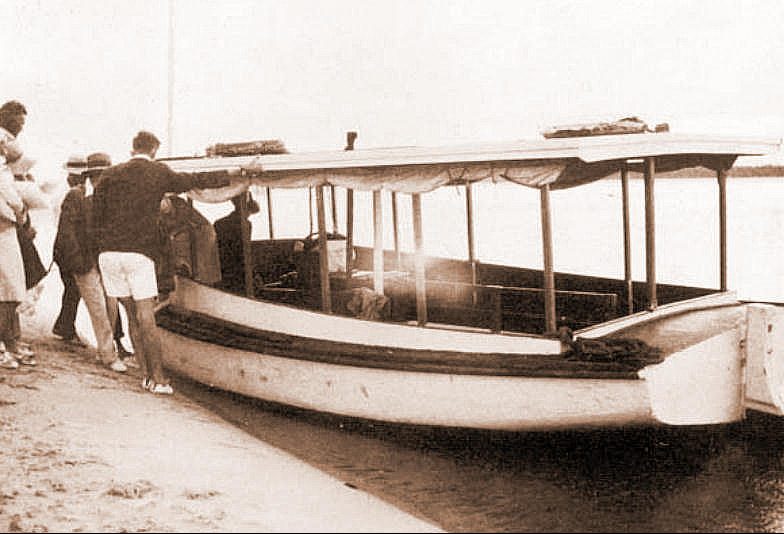
Those travelling on to Noosa Heads were usually ferried by river boats such as the Miss Tewantin as the “water route was much pleasanter and shorter than land”.
Until the 1950s, most of them camped on the beach.
In 1955, the Gympie Times reported: “Tewantin heralds for tourists the panoramic scenery of Noosa Heads four miles away on the coast. The Royal Mail has established an Australia-wide reputation for cuisine, service and the personality of its staff. In July, its guests included three knights, and a millionaire owner of a chain of butcher shops. Five other titled personalities had stayed at the hotel since January. A Melbourne bookmaker ranked Tewantin ahead of Surfer’s Paradise.”
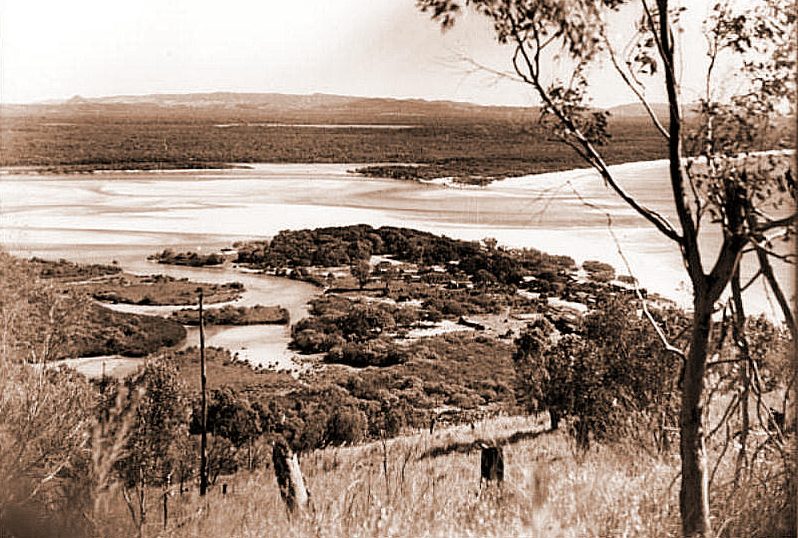
Mr G.F. St John Carter, in his memoirs published in 1912 said: “Some of the scenery about Tewantin alone is a reward for the trip. The lakes themselves are well worth seeing … go there early in the morning when the sun is just rising over Noosa Heads and, if you are a lover of nature, you will be rewarded”.
The praise was just as fulsome in the south. On November 9, 1938, the Queensland Government Tourist Board’s official guide “The Queenslander” waxed lyrical about the Blackall Range:
“As we motor over tiers of foothills, it’s like mounting a gigantic staircase. Through leafy groves and open forests and upon dizzy bluffs, over razorbacks and down emerald dales, speeds the tourist coach … usually the traveller reaches the range crest in the late afternoon so that from the height of 1400ft he looks oceanwards over a landscape wrapped in a misty blue sleeping veil.
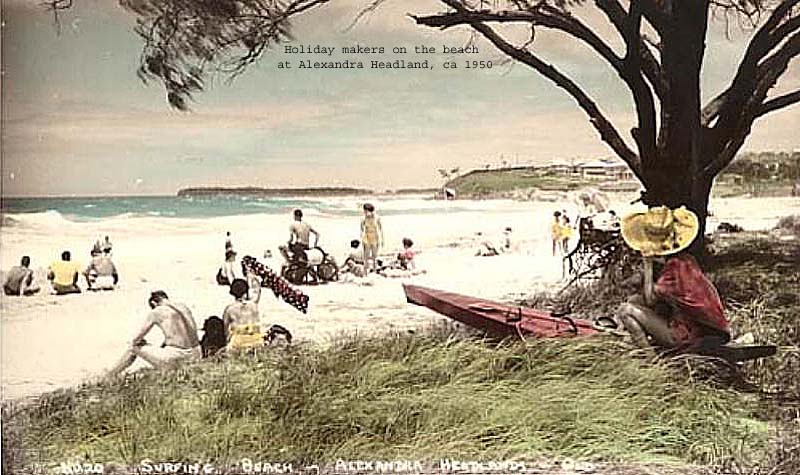
“On the summit, the setting sun touches orchards and tall standing timber obliquely with fingers of gold. At that time of the evening the scent from orange and mandarin blossoms on the keen air is almost overpowering”.
Help keep more great Coast memories alive by subscribing to our free daily news feed. Go to Subscribe at the top of this story and add your name and email. It’s that simple.
Earlier, in 1925, the Queensland Government Intelligence and Tourist Bureau tourist guide reported that “Maroochydore is very charmingly placed. The placid waters beside it are shallow and many shaded in their vagaries of green. The view includes a small headland standing out strikingly bare except for a meagre row of equally distanced trees.
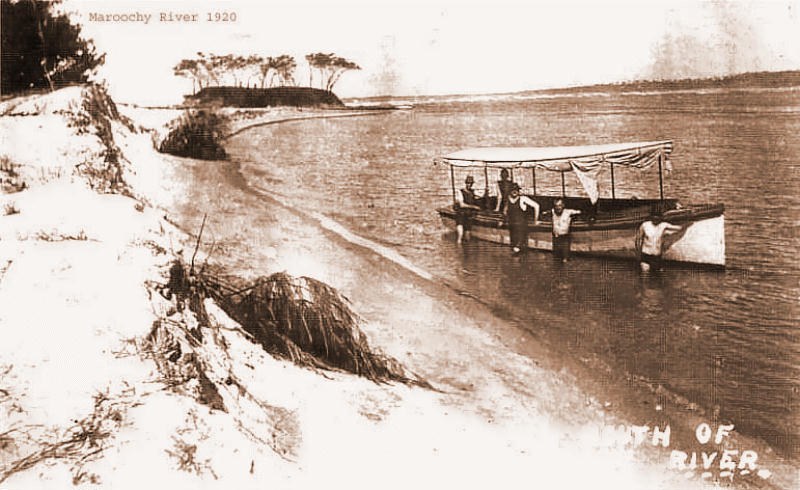
“A few miles further out is Mudjimba’s Rock, commonly called ‘Old Woman Island’.
“A distant, rhythmic roar of surf always accompanies life at Maroochydore, and away beyond the queer little headland, strong eyes may see the sparkle of spray as waves beat upon the sands of the beach.
“An almost constant charm of waters as they broad out into a quiet lake-like sea at the mouth of a tidal river is the way in which they play a painter’s part by their reflection on the sky”.
The motor-boat trip to Yandina followed the upward course of the Maroochy River:
“As the banks of the stream grow nearer to each other, the beauty of the waterway is intensified by the luxuriance of the green woods on either side. Nature has remained undisturbed by tillage”.
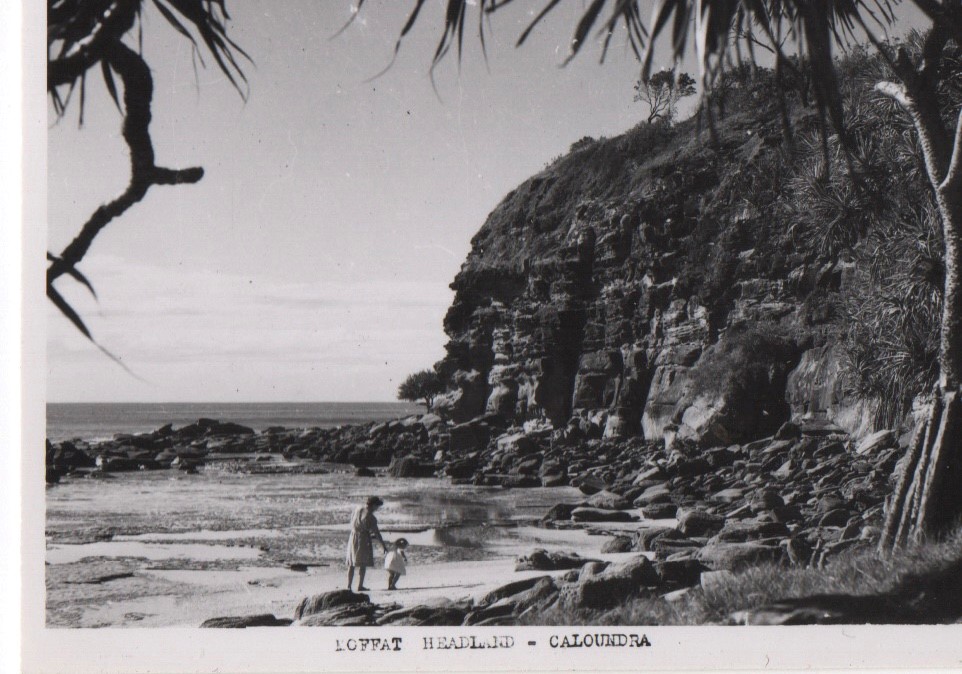
And at Caloundra, “one perceives the green-carpeted sward of the banks on which hundreds of aquatic birds, from large pelicans to small snipe, are peacefully feeding whilst further away great flocks of black swans are swimming. Ever and always about us, are the towering peaks of the Glass House Mountains”.
The eloquent descriptions were written less than 100 years ago and most are still accurate today.
This flashback is brought to you by veteran Sunshine Coast journalist and history writer Dot Whittington, also the editor of Your Time Magazine.


